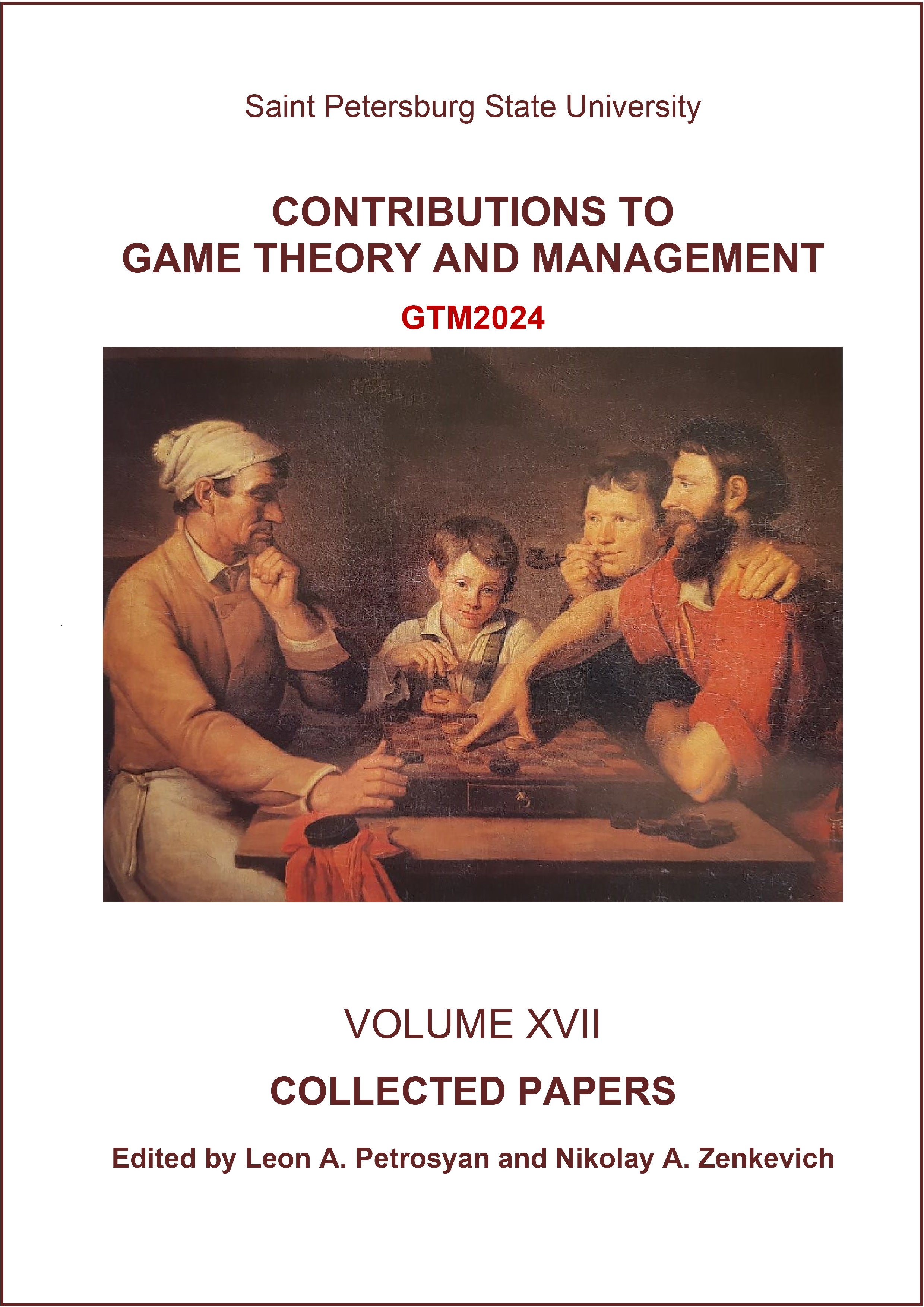Epidemic Processes in Networks: A Comprehensive Study of SIR Model and Network Topologies
Abstract
In this paper, we explore the dynamics of epidemic processes on different types of single-layer network structures, emphasizing the impact of network structure on the spread of disease. We first propose a single-layer SIR (susceptible-infected-recovered) network model and investigate the impact of network structure on virus transmission. Numerical simulation results indicate that in scale-free networks, infections in hub nodes lead to faster and more widespread spread compared to the absence of such a network. In terms of epidemic control, the importance of disconnecting key nodes is emphasized. In random networks, transmission is generally faster and has higher peak infection levels than in scale-free networks. The findings reveal that network topology and initial infection nodes profoundly influence virus spread patterns, offering critical insights for designing targeted epidemic control strategies that minimize transmission by breaking key network links.
Keywords:
SIR network model, epidemic processes, random network
Downloads
References
Barabási, A. L., Albert, R. (1999). Emergence of scaling in random networks. Science, 286(5439), 509–512.
Bloom, D. E., Cadarette, D. (2019). Infectious disease threats in the twenty-first century: strengthening the global response. Frontiers in Immunology, 10, 549.
Brauer, F. (2008). Compartmental models in epidemiology. In Mathematical Epidemiology (pp. 19–79).
Broido, A. D., Clauset, A. (2019). Scale-free networks are rare. Nature Communications, 10(1), 1017.
Buldyrev, S. V., Parshani, R., Paul, G., Stanley, H. E., and Havlin, S. (2010). Catastrophic cascade of failures in interdependent networks. Nature, 464(7291), 1025–1028.
Darabi Sahneh, F., Scoglio, C., Van Mieghem, P. (2013). Generalized epidemic mean-field model for spreading processes over multilayer complex networks. IEEE/ACM Transactions on Networking, 21(5), 1609–1620. https://doi.org/10.1109/TNET.2013.2239658
Fu, X., Small, M., Walker, D. M., Zhang, H. (2008). Epidemic dynamics on scale-free networks with piecewise linear infectivity and immunization. Physical Review E, 77(3 , 036113. https://doi.org/10.1103/PhysRevE.77.036113
Gubar, E., Kumacheva, S., Zhitkova, E., Porokhnyavaya, O. (2015). Propagation of information over the network of taxpayers in the model of tax auditing. In 2015 International Conference 'Stability and Control Processes' in Memory of V.I. Zubov (SCP) (pp. 244–247). St. Petersburg, IEEE. https://doi.org/10.1109/SCP.2015.7342116
Gubar, E., Zhu, Q., Taynitskiy, V. (2017). Optimal control of multi-strain epidemic processes in complex networks. In L. Duan, A. Sanjab, H. Li, X. Chen, D. Materassi, and R. Elazouzi (Eds.), Game Theory for Networks (pp. 108–117). Cham: Springer International Publishing.
Kermack, W. O., McKendrick, A. G. (1927). A contribution to the mathematical theory of epidemics. Proceedings of the Royal Society of London. Series A, Containing Papers of a Mathematical and Physical Character, 115(772), 700–721.
Pastor-Satorras, R., Castellano, C., Van Mieghem, P., Vespignani, A. (2015). Epidemic processes in complex networks. Reviews of Modern Physics, 87(3), 925–979.
Pastor-Satorras, R., Vespignani, A. (2001). Epidemic spreading in scale-free networks. Physical Review Letters, 86(14), 3200–3203. https://doi.org/10.1103/PhysRevLett.86.3200
Pastor-Satorras, R., Vespignani, A. (2001). Epidemic dynamics and endemic states in complex networks. Physical Review E, 63(6), 066117.
Payne, J. F. (1893). History of epidemiology in England. Lancet, 2, 1293.
Saumell-Mendiola, A., Serrano, M. Á., and Boguná, M. (2012). Epidemic spreading on interconnected networks. Physical Review E-Statistical, Nonlinear, and Soft Matter Physics, 86(2), 026106.
Tamerius, J., Nelson, M. I., Zhou, S. Z., Viboud, C., Miller, M. A., Alonso, W. J. (2011). Global influenza seasonality: reconciling patterns across temperate and tropical regions. Environmental Health Perspectives, 119(4), 439–445.
Taynitskiy, V., Gubar, E., Fedyanin, D., Petrov, I., Zhu, Q. (2020). Optimal control of joint multi-virus infection and information spreading. arXiv, Jul. 19, 2020. Accessed: May 31, 2024. [Online]. http://arxiv.org/abs/2007.09745.
Youssef, M., Scoglio, C. (2011). An individual-based approach to SIR epidemics in contact networks. Journal of Theoretical Biology, 283(1), 136–144. https://doi.org/10.1016/j.jtbi.2011.05.029
Zhan, X., Chuang, L., Ge, Z., Zi-Ke, Z., Gui-Quan, S., Jonathan, J. H., Zhu, Zhen J. (2018), Coupling dynamics of epidemic spreading and information diffusion on complex networks. Applied Mathematics and Computation, 332, 437–448. https://doi.org/https://doi.org/10.1016/j.amc.2018.03.050
Downloads
Published
How to Cite
Issue
Section
License
Articles of "Contributions to Game Theory and Management" are open access distributed under the terms of the License Agreement with Saint Petersburg State University, which permits to the authors unrestricted distribution and self-archiving free of charge.




